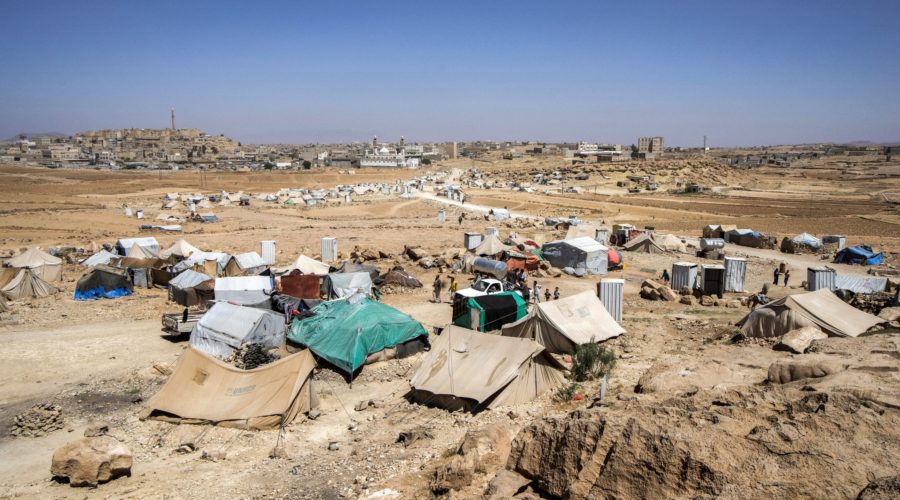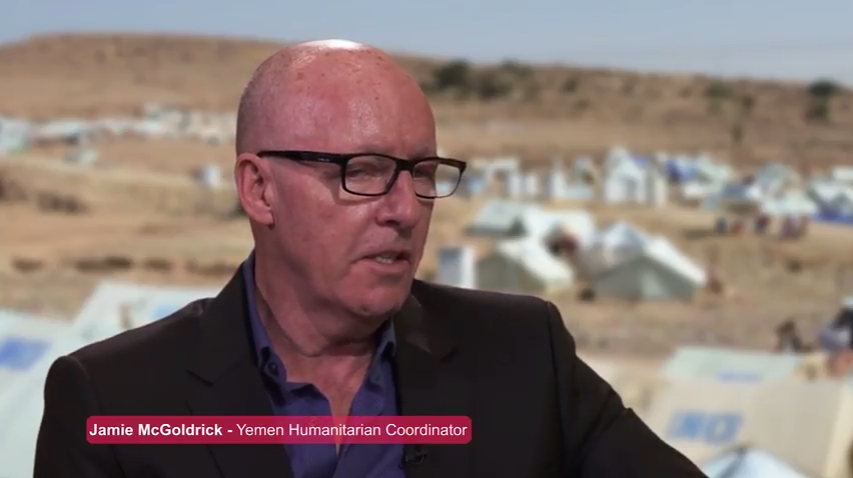At the time of the STAIT mission in November 2014, there were substantial humanitarian needs in Yemen due to weak rule of law, insufficient public service provision, and small arms proliferation.
The STAIT was invited to Yemen by the Humanitarian Coordinator (HC) to look at a number of areas:
- Leadership and coordination
- Accountability to Affected People (AAP)
- Humanitarian access
- Resource mobilisation
- Centrality of protection
The mission was led by the STAIT, with representatives from OCHA and Oxfam. They conducted meetings, workshops and interviews with over one hundred people in Sana’a and other areas. This included groups meetings and bi-laterals with the Humanitarian Country Team (HCT), Inter-Cluster Coordination Group, clusters, other humanitarian actors, donors and national counter-parts. The team carried out a field mission to Haradh where they met with humanitarian practitioners and people directly affected by the crisis. The team identified the following good practices:
- Strengthen contingency plans to be more operational.
- Enhance the links between Area-Humanitarian Regional Team’s, the Inter-Cluster mechanism, and the HCT to ensure a more coordinated response.
- Develop a collective strategy for Accountability to Affected People (AAP) and a HCT Centrality of Protection strategy.
- Improve access to affected people, with enhanced security analysis and management
- Strengthen the relationship between humanitarian action and development.
Follow up:The HCT action plan was superseded by the dramatic escalation in the conflict and deterioration of the humanitarian situation in Yemen just a few weeks after the mission. In March 2015, the UN agencies and most of the NGOs evacuated the country. When they returned the focus of humanitarian actors shifted to emergency crisis response. A system-wide Level 3 crisis response was activated by the Emergency Relief Coordinator in May 2015. The Operational Peer Review was conducted in November 2015.




